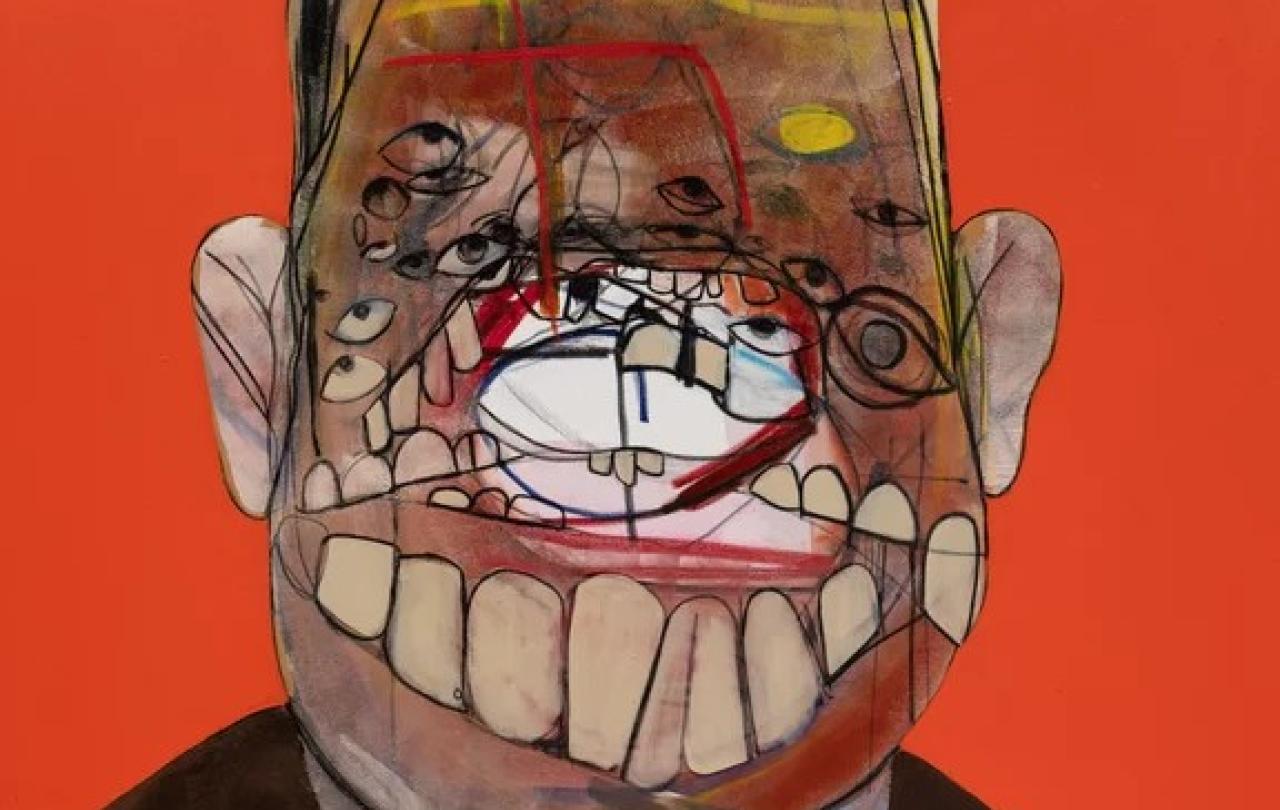
It appears that Paddington, the nation’s favourite unaccompanied asylum-seeking bear, has finally been issued with a British Passport, 66 years after stowing away on a boat from South America and two years after eating marmalade sandwiches with Queen Elizabeth II on her Platinum Jubilee. In the brand-new film Paddington in Peru, we discover what happens when he uses his passport to return to his country of birth to visit his old Aunt Lucy.
Will Paddington be reunited with the kind-hearted bear who brought him up after he was orphaned in an earthquake? Where will this leave the Brown family, who have been fostering him for the best part of seven decades? Indeed, where will it leave the rest of us who have embraced Paddington as one of our own? Will Paddington even return to 32 Windsor Gardens, London?
It is not only his address and passport that evidence Paddington’s Britishness. This bear, who has captured the hearts of children and adults alike, has become as quintessential a British icon as Harry Potter and James Bond. This despite his Latino heritage, his status as an unaccompanied asylum-seeking bear, as well as his vast array of cultural faux pas. His earnestness, modesty, curiosity and unfailingly polite manners more than compensate, it seems, for his frequent dramatic mishaps and his uncertain immigration status. With a tip of his hat, he brings a trace of grace to every life he touches – from refuse collectors to antique collectors, from convicted criminals to window cleaners. Everywhere he goes chaos is met by kindness, compassion and positive transformation.
Paddington seems to typify the best of what Britain stands for. Everything about his story is a celebration of the power of British hospitality. His creator, Michael Bond CBE, was inspired by the incredible hospitality of the people of wartime Britain who gave sanctuary to evacuee children in the Blitz as well as the families that provided loving homes for Jewish children fleeing the Nazis via the Kinder Transport in 1939. He once told a reporter:
“We took in some Jewish children who often sat in front of the fire every evening, quietly crying because they had no idea what had happened to their parents, and neither did we at the time. It’s the reason why Paddington arrived with the label around his neck”.
Aunt Lucy in the first Paddington movie makes this connection most clearly. She reassures Paddington who is nervous about what awaits him at the end of his dangerous journey, saying:
“Long ago, people in England sent their children by train with labels around their necks, so they could be taken care of by complete strangers in the countryside where it was safe. They will not have forgotten how to treat strangers.”
Despite the xenophobia that frequently comes across in our media, there are many Great British people who haven’t forgotten how to treat strangers.
I wish I was as confident as Aunt Lucy about our country’s memory. When I watch the news and hear the anti-immigration rhetoric from some of our politicians, I fear that too many people in Great Britain have forgotten how to treat strangers.
The Bible recognises the enormous potential for amnesia on this issue. In its first five books there are no less than 36 reminders to welcome the stranger: hospitality was always supposed to be a priority of personal and national identity. Later on in the Bible we are shown what this looks like by Jesus, who welcomed the sort of strangers nobody else had time for – the poor, the downcast, the marginalised, the vulnerable, the sick, the homeless, the forgotten, the unpopular and the ethnically suspect. Finally, towards the end of the Bible there is another reminder in the book of Hebrews:
“Don’t forget to welcome strangers.”
Despite the xenophobia that frequently comes across in our media, there are many Great British people who haven’t forgotten how to treat strangers. Tens of thousands of families have made rooms available to Ukrainians fleeing war over the past three years. Churches and charities and communities and schools and workplaces seem to have a wonderful habit of embracing those who are different, or who need a helping hand.
This is what I call the Paddington Paradox: despite all the talk of tightening our borders, and reducing immigration, despite a summer of racist riots and yet another spike in hate crime cases, despite growing pressures on limited housing supply, and cost-of-living-related struggles, we love to think of our country as a hospitable one. We celebrate the welcoming of strangers – from the Kinder Transport to the Homes For Ukraine scheme. One of our most beloved national treasures is an asylum-seeker, albeit also a fictional bear.
This week is my foster son’s birthday and so I am taking him and some of his friends to the cinema to see Paddington in Peru. To my surprise nearly all his friends’ parents have asked to come too! We are all looking forward to seeing how Paddington and the Brown family fare as they make a perilous journey on a small boat into the Amazon rainforest, and are forced to rely, once again, on the kindness of strangers.





